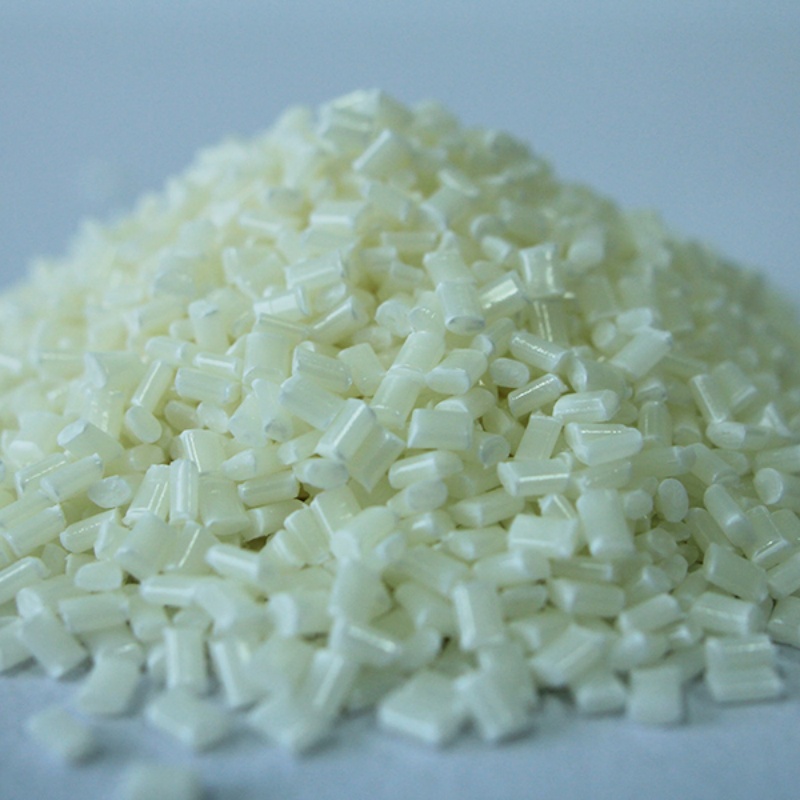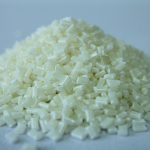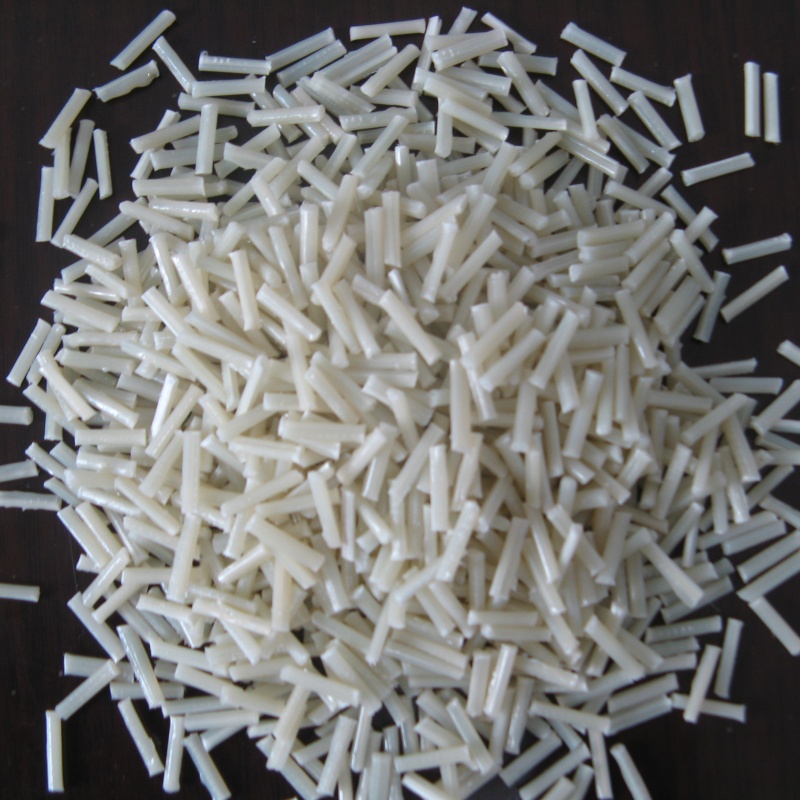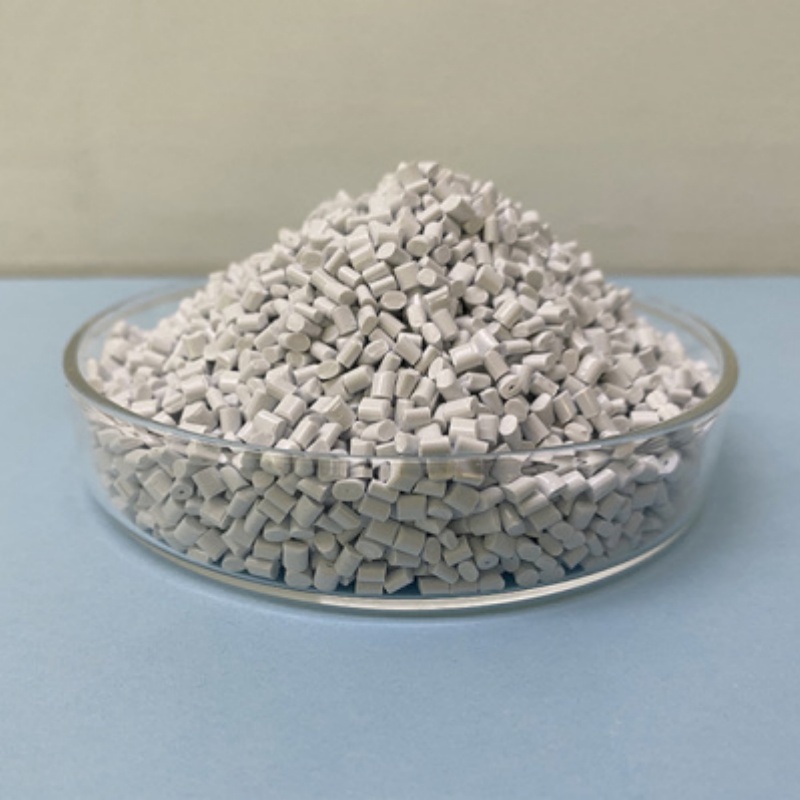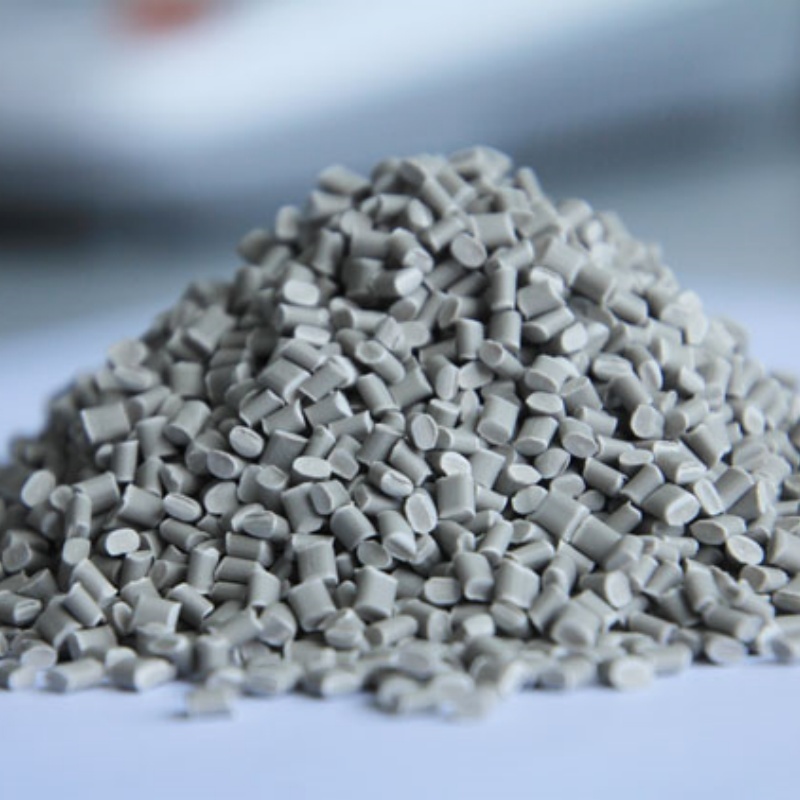High-Flow PC/ABS Composite Material offers excellent moldability, superior impact resistance, and optimized thermal stability. Designed for automotive, electrical, and industrial applications, it ensures efficient processing, durability, and long-term reliability.
Product Overview
High-Flow PC/ABS composite material combines the strengths of Polycarbonate (PC) and Acrylonitrile-Butadiene-Styrene (ABS), offering excellent flowability and high impact resistance. This material is particularly well-suited for automotive components requiring precise molding and high strength, ensuring both high production efficiency and outstanding mechanical performance and durability.
Key Features
- High Flowability: Excellent flow characteristics make it easy to injection mold complex and fine parts, improving production efficiency.
- High Impact Resistance: Maintains exceptional impact strength even in low-temperature environments, ensuring part stability under high-impact loads.
- Excellent Aesthetic Performance: The material exhibits good surface finish, making it ideal for components that require aesthetic appeal.
- Good Temperature and Chemical Resistance: Exhibits good thermal stability for use in high-temperature environments, and provides resistance to most chemicals, increasing long-term product reliability.
Applications
- Automotive Door Panel Trim: Used for manufacturing automotive door panel trims, combining excellent impact resistance with aesthetic appeal.
- Air Conditioning Control Panels: Used for the outer casing of air conditioning control panels, offering high strength and good surface finish, suitable for long-term use.
- Fog Lamp Trim: Ideal for producing fog lamp trims in automobiles, providing high strength and heat resistance to ensure long-term stability.
- Enclosure Materials: Widely used for automotive electronics and home appliance enclosures, offering protection for internal components while enhancing the product's exterior appearance.
| Test Properties | Unit | Test Method | Test Condition | Typical Value |
| Physical Properties | ||||
| Density | g/cm³ | ISO 1183 | 1.14 | |
| Filler Content | % | ISO 1172 | - | |
| Mold Shrinkage | % | ISO 294 | Parallel: 0.57, Vertical: 0.57 | |
| Mechanical Properties | ||||
| Tensile Strength | MPa | ISO 527 | Type I sample, 50mm/min | 55 |
| Elongation at Break | % | ISO 527 | Type I sample, 50mm/min, Gauge length 50mm | >50 |
| Flexural Strength | MPa | ISO 178 | 23℃, 10mm/min | 75 |
| Flexural Modulus | MPa | ISO 178 | 23℃, 10mm/min | 2240 |
| Izod Impact Strength (Notched) | KJ/m² | ISO 180 | 23℃ | 45 |
| Charpy Impact Strength (Unnotched) | KJ/m² | ISO 179 | 23℃ | NB |
| Thermal Properties | ||||
| Melting Point | ℃ | ISO 11357-1 | - | |
| Heat Deflection Temperature (HDT) | ℃ | ISO 75 | 0.45MPa: 125, 1.8MPa: 110 | |
| Flammability | ||||
| UL Flammability Class | UL-94 HB | |||
| Electrical Properties | ||||
| Surface Resistivity | Ω | IEC60093 | 1000000000000000 | |
| Volume Resistivity | Ω·cm | IEC60093 | 1000000000000000 |
 new material
new material

